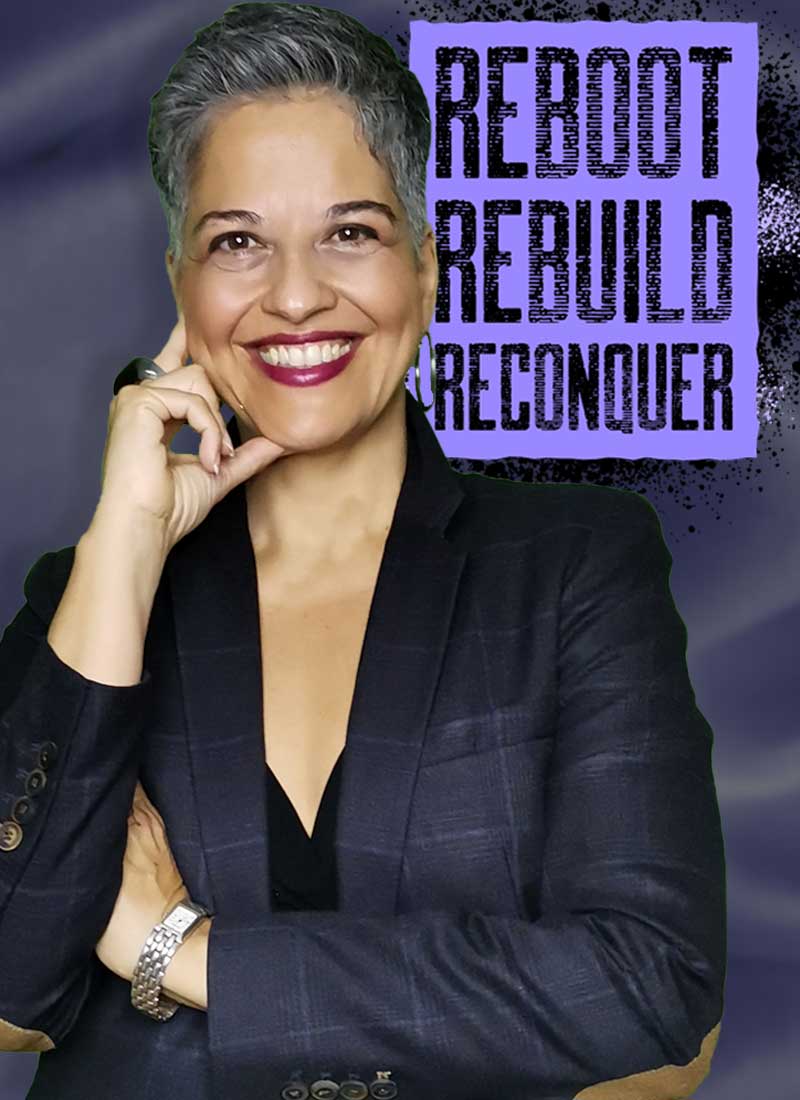Did you know that, on average, employee costs can be calculated at 2.7 times of base salary. So, someone on £35,000 costs the business £94,500 (including national insurance (social security)/employment costs and minimal office space). Fanatics of Business Week would have seen the articles last year with the astounding facts:
• Only 13% of senior executives at the vice-presidential level or higher say they are “willing to go above and beyond what is expected of them”-a decline from 29% two years ago.
• In the December survey of the Corporate Exec Board’s 79,000 member employees worldwide at 123 organizations, 20% of all respondents said they were disengaged, vs. 10% two years ago. (Employees are classified as either engaged, neutral, or disengaged.)
So, following from our example above, if you have an employee that costs you £94,500 and they are working at 50% capacity, they are in effect, costing your business £47,250 per annum. For a company with 400 employees, the average of 20% disengagement would equate to: £3,780,000. That is quite scary…
To put it simply, employees are happy with doing “what is expected”, with no passion and… at your company’s cost.
You can argue that figures can be played with to prove anything. Whether the metrics are absolute or not, the hard fact are that disengagement costs your business money. How do you increase engagement?
According to a study by the European Commission states that diversity programmes have had a positive impact on employee motivation for 58% of companies that have implemented them.
The power of harnessing diversity, is that it benefits the organisation, its employees, its customers, its shareholders. Whilst the current financial crisis has had its toll on all from grass-roots to the top of organisations, the time is ripe to invest in activities that will re-engage and refuel your employees. We are proponents of promoting diversity of thought, whereby it is the respect for the individual and what they stand for that is key. Whether someone is a woman, ethnic minority, gay, or disabled should not matter.
The challenge is that we have to fight against nature when we are looking to overcome all the stereotypes of “minority” groups. We need to fight against how our brain functions, following years of evolution and specialisation. Basically, our brains controls our existence through neural connections. As we have over 18 billion neurons, the brain effectively cheats when it is performing tasks that it may have performed in the past – it covers gaps with what it perceives should be there. Such as when we read and sometimes we miss our own typos.
Putting it in the context of work and talent management, when we are working with the subject of diversity, we effectively have to re-wire our brains. We have to re-programme the fabric of our business to a new reality. As the neuroscientist Gregory Burns put it, “in order to think creatively, and imagine possibilities that only iconoclasts do, one must break out of the cycle of experience-dependent categorization-or what Mark Twain called “education.” For most people, this does not come naturally. Often the harder one tries to think differently, the more rigid the categories become. There is a better way, a path that jolts the brain out of preconceived notions of what it is seeing: bombard the brain with new experiences. Only then will it be forced out of efficiency mode and reconfigure its neural networks.”
So what is that better way?
Embed Diversity of Thought as a strategic requirement
If you want results, diversity is more than just a box-ticking exercise. Your organisation needs to avoid falling into this trap, and embed activities into its strategy development. Consider questions such as: Where do we focus on as a business? What are our strengths? What are our possible blind-spots? What do we need to do to get the best out of our employees in those areas to maintain our competitive advantage? What is currently missing that would make a difference if it were introduced tomorrow? A useful tip: develop a scorecard – ask your leadership team, and then compare with the responses from the grass-roots…
There is no quick fix
Have you ever recovered from an injury? Physiotherapy gives us a clear understanding of how nature works: only with persistence, slight discomfort and repetitions do we create new muscle fibre. In order to engrain diversity of thought, your organisation needs drive new experiences around multi-cultural management and appreciation, with consistency and a long-term focus. Learning and personal development activities need to be targeted, flexible and often hybrid in nature, adapted to individuals’ learning styles.
Focus on Individual Leadership
Embracing the Power of the Individual is key; the only way stereotyping and unconscious bias will be reduced is by homing in on the stereotypes and contravening them – e.g. working mothers and risk aversion do NOT go hand in hand. Create role models of individuals who are breaking those stereotypes and give them predominant positions where they can act as Champions to the new leadership model and corporate behaviour.
Harness Passion
Disengagement is often a result of employees’ talents not being utilized. When we are performing mundane or uninteresting exercises, we literally “switch off”. Engagement is about the complete opposite: find what really, truly, honestly engages your employees and gives them fulfillment. As entrepreneurs show, it is seldom purely about financial gains; it is about performing and having responsibility for activities that utilize their mental strengths and individual passions.
Embrace and Reward Innovation
Readers of my blog, will have seen how Diversity of Thought is linked to innovation. Group think is a result of teams made up of like-minded people with similar backgrounds, ages, experiences and social constructs. Diversity reaps benefits only when teams and activities involve a cross-section of all of these.
So, can your business not afford not to harness diversity? I would be happy to hear your views – contact me here…
